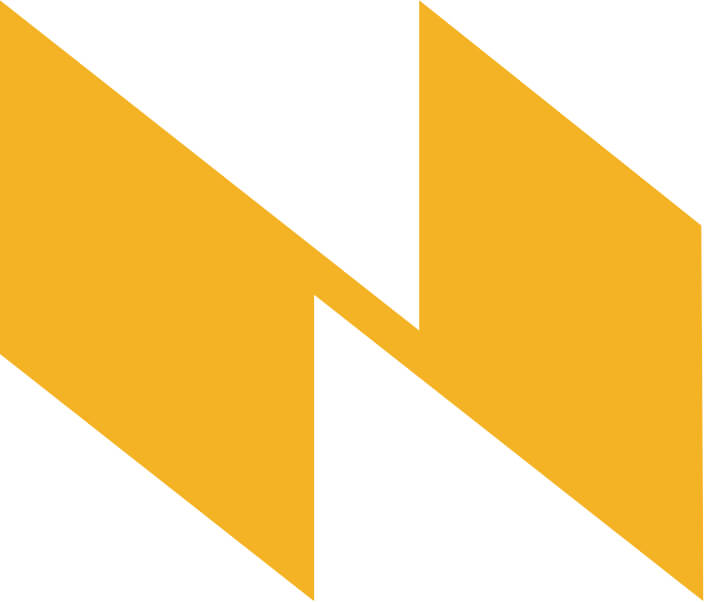In today’s digital economy, managing customer relationships and digital assets efficiently is paramount for businesses looking to stay ahead in their respective industries. The integration of Customer Relationship Management (CRM) systems with Digital Asset Management (DAM) solutions can prove to be a game-changer, offering seamless operations and an enhanced customer experience. By understanding how these two systems complement each other, companies can leverage their full potential to streamline processes, improve communication, and boost sales. Below, we delve into the intricacies of achieving harmony between your CRM and DAM, ensuring you reap the benefits of both worlds.
Understanding the Synergy Between CRM and Digital Asset Management (DAM)
The symbiosis between CRM and DAM systems is rooted in their shared goal of enriching customer engagement and satisfaction. While CRM focuses on customer data, interaction, and sales process management, DAM is concerned with storing, organizing, and retrieving a company’s digital media. The former thrives on detailed consumer information, while the latter ensures that all brand-related assets are readily available for creating personalized experiences.
When integrated, CRM and DAM systems provide a holistic view of the customer journey. Marketers can access digital assets to tailor campaigns or communications based on customer data housed within the CRM system. This synchronization saves time as well as ensures brand consistency and relevance across all stages of the customer lifecycle.
Moreover, integrating your CRM with a digital asset management system can result in more efficient resource allocation. Marketing teams can avoid the bottleneck of requesting and waiting for assets, instead accessing them from within the CRM system environment directly. This reduces lead times for campaign delivery and enables a more agile response to market opportunities. The synergy between these platforms permits a level of personalization and responsiveness that stands out in the marketplace.
Identifying Key Integration Points for CRM and DAM Systems

Successful integration begins with identifying the touchpoints where CRM and DAM systems can complement each other. A primary connection is the marketing campaign development process, where customer data informs the selection and use of digital assets. Identifying which assets are most effective for different customer segments is another crucial integration point.
Integration also extends to the sales process. Sales teams equipped with access to a DAM system within their CRM system can personalize their sales materials to the client they’re engaging with. They can pull the most recent, on-brand assets that resonate with the individual needs and history of the prospect, streamlining their sales pitch.
It’s also important to bridge the feedback loop between the two systems. Asset performance data gathered through the CRM system can inform DAM curation, ensuring only the most effective sales and marketing materials are in circulation. Conversely, usage metrics from DAM can enrich customer data, providing insights into which assets are influencing customer decisions.
Streamlining Workflows: Best Practices for Merging Both Platforms

Streamlining workflows between CRM and DAM begins with establishing a common language and taxonomy across both platforms. This ensures that assets are categorized consistently, which enables users to find what they need regardless of which system they are using. Standardizing data fields and naming conventions is a stepping stone toward more seamless integration.
Automating the transmission of data between platforms is another best practice. When a new asset is created or updated in the DAM, it should be tagged and made available in the CRM system for use in campaigns automatically. Likewise, customer engagement data should feed back into the DAM to help curate and organize the asset library based on effectiveness and relevance.
Training and user adoption are equally critical to streamlining workflows. Users must understand the benefits of the integrated system and be trained on how to use it effectively. Encouraging collaboration between sales, marketing, and IT departments can foster a culture of shared ownership over the system’s success.
Altogether, integrating your CRM system with a DAM system offers an array of advantages that can significantly improve your company’s operational efficiency and customer engagement. These benefits are grounded in the real-world experiences of businesses that have the transformative impact of a well-executed integration strategy.




















